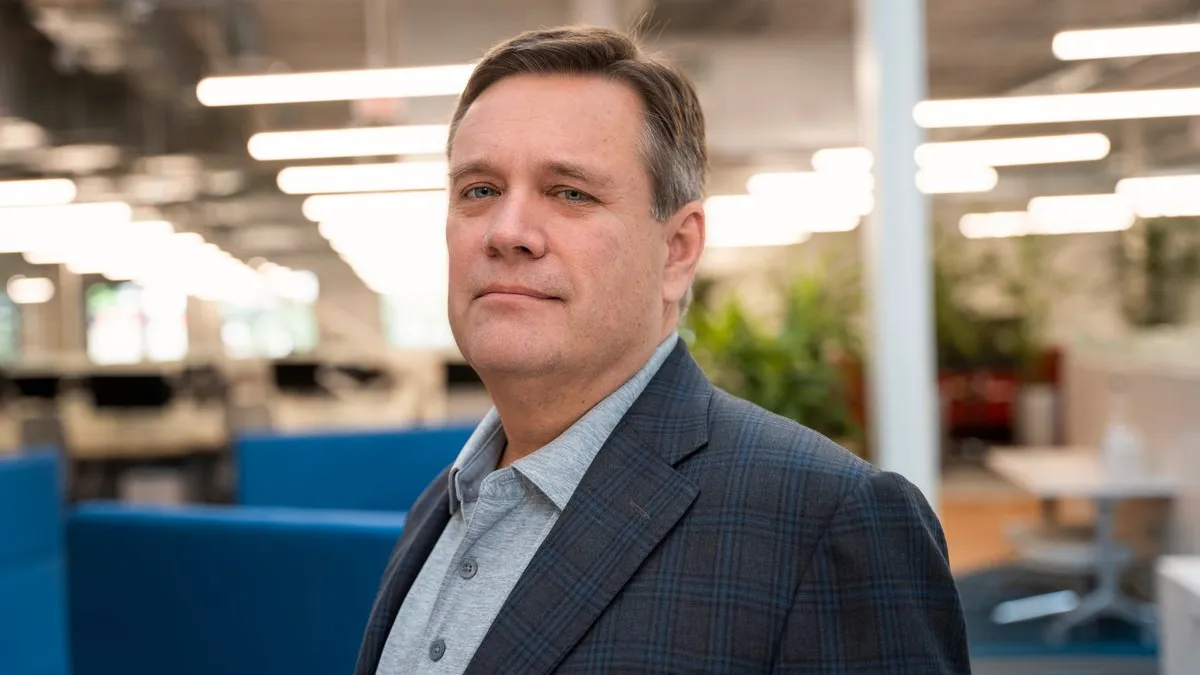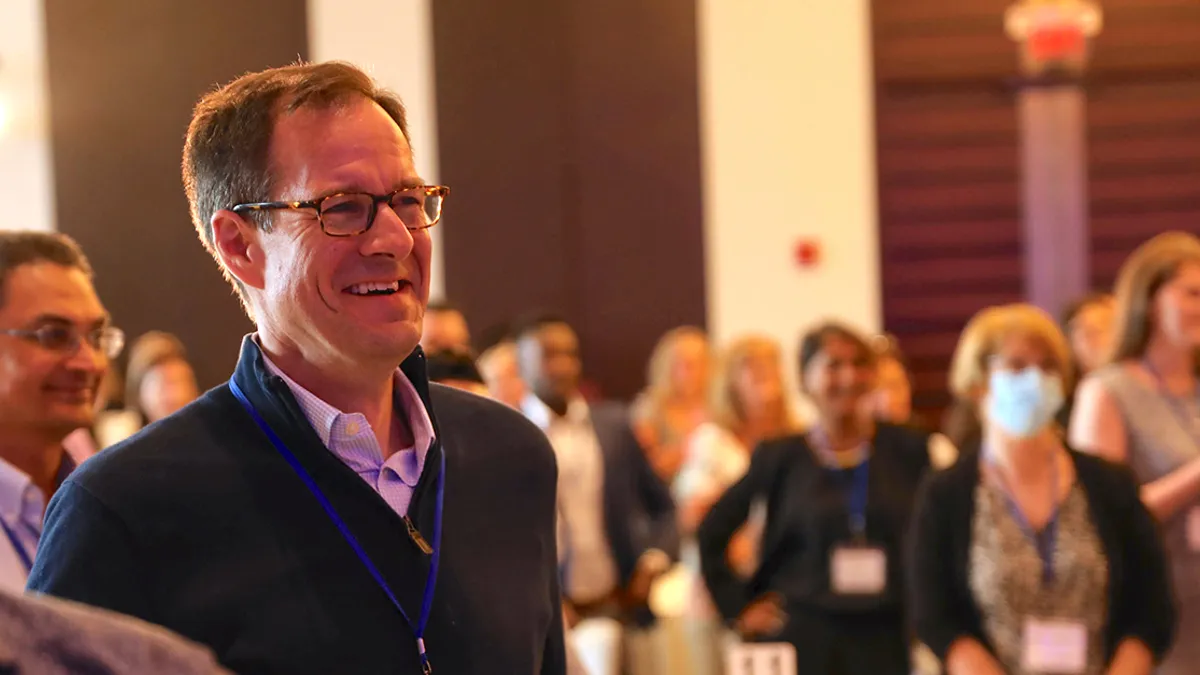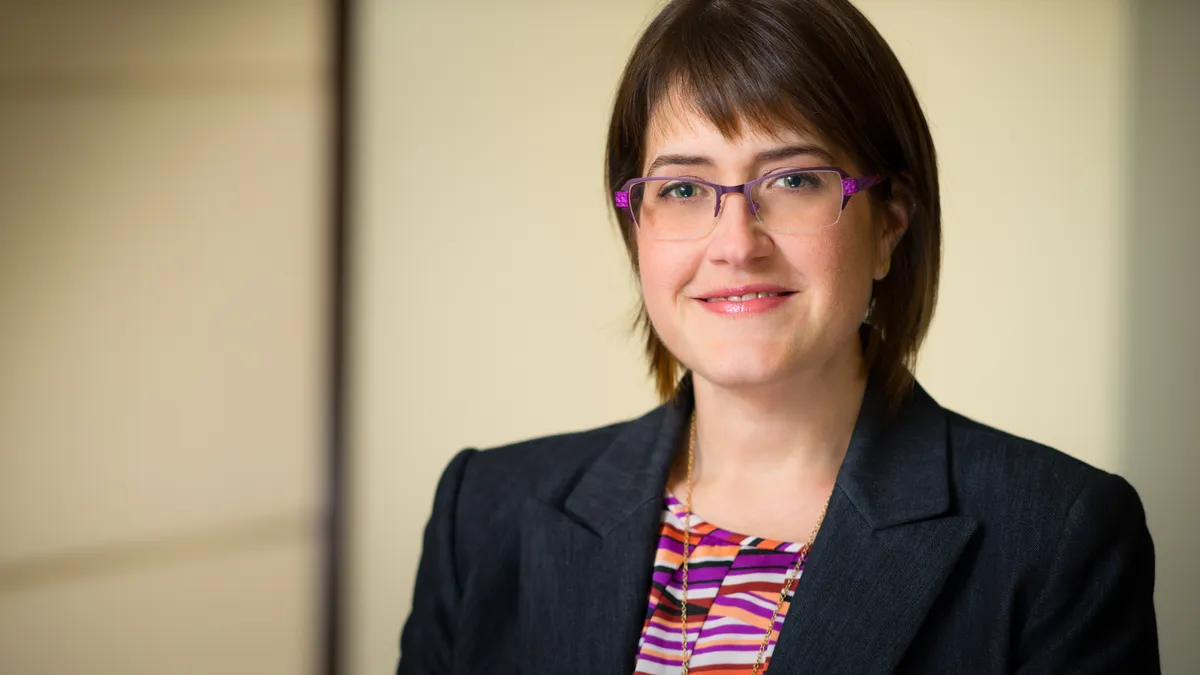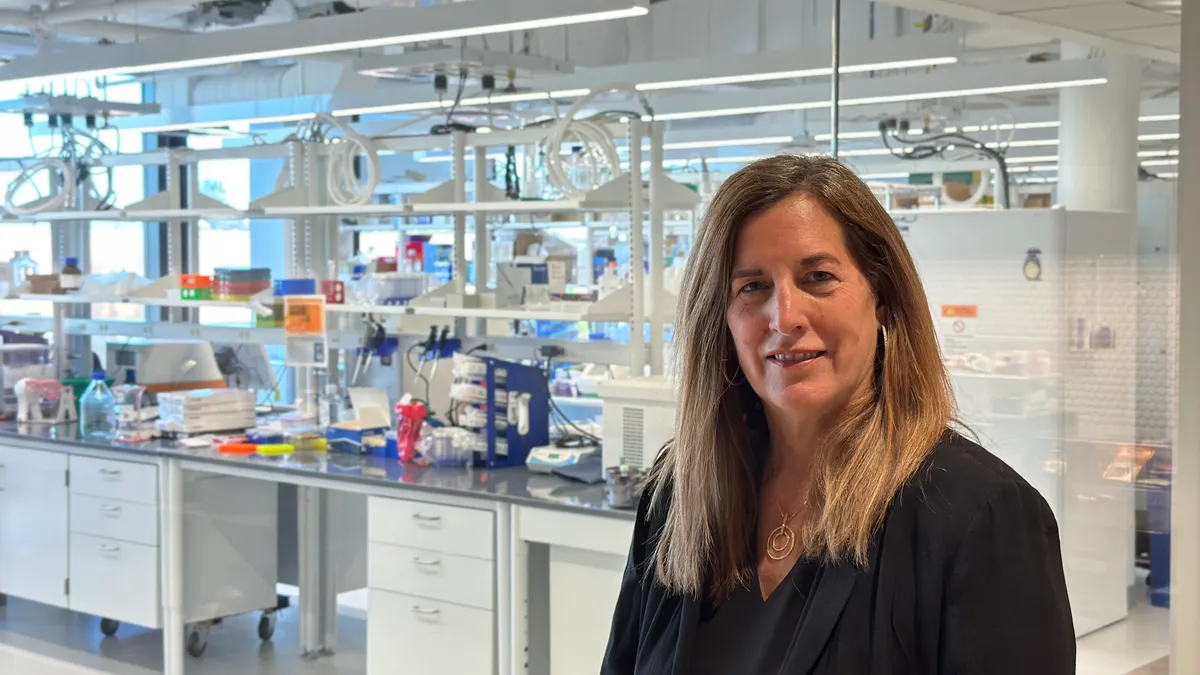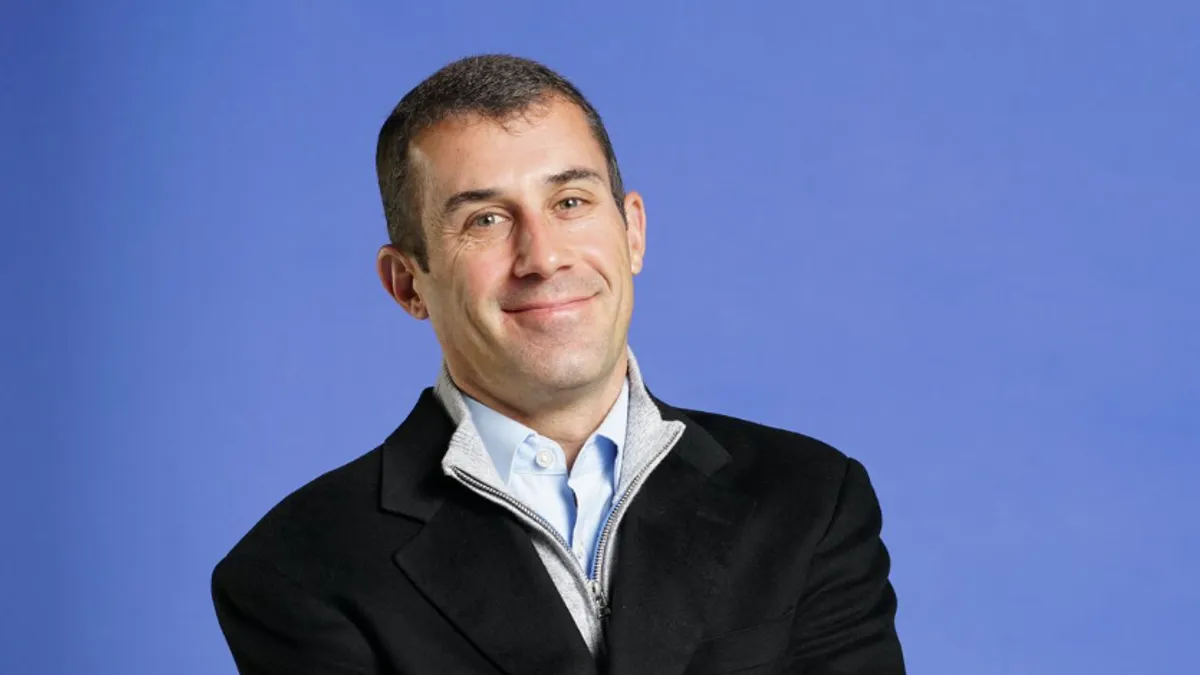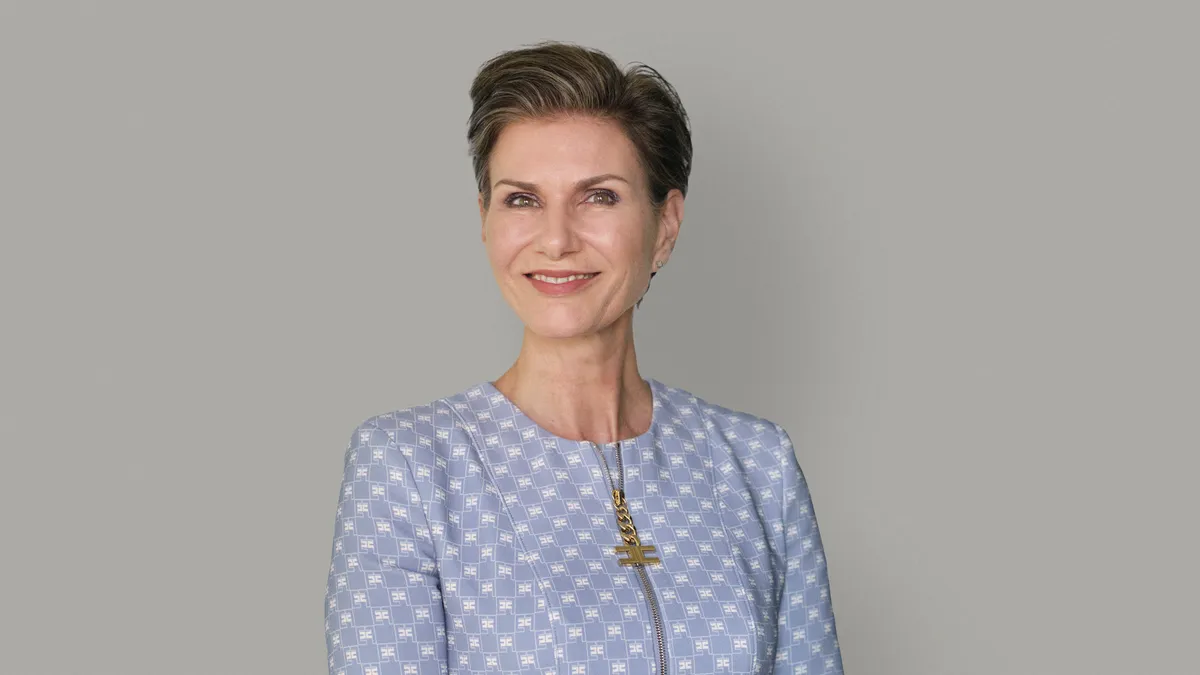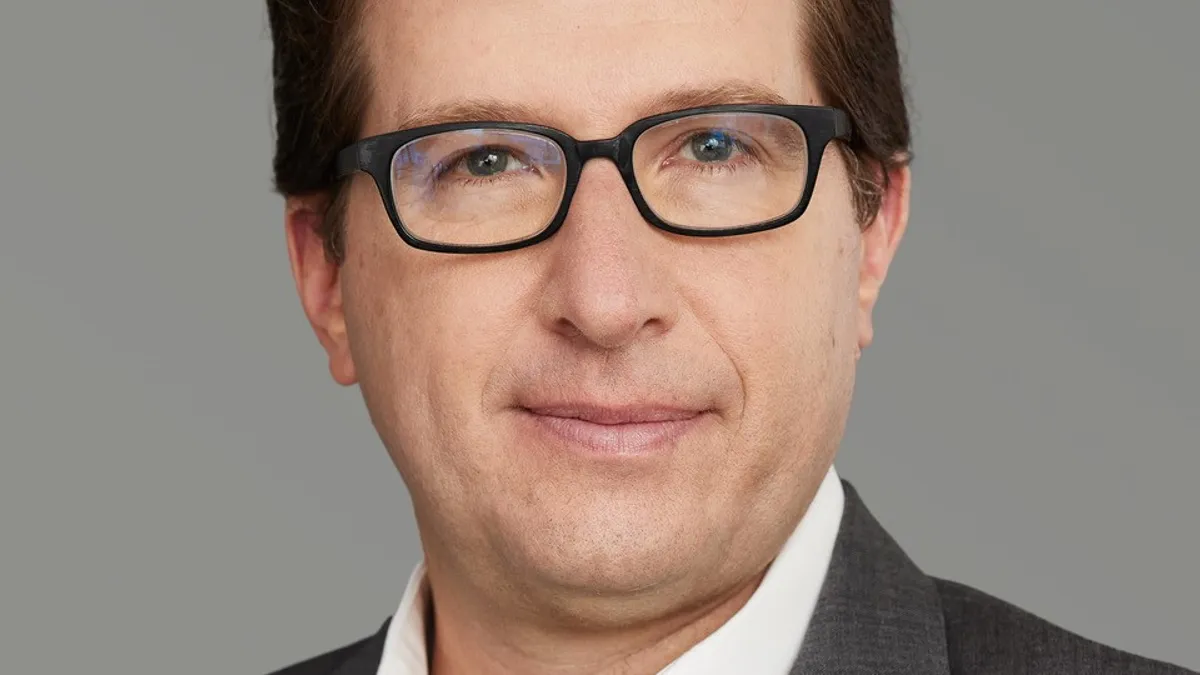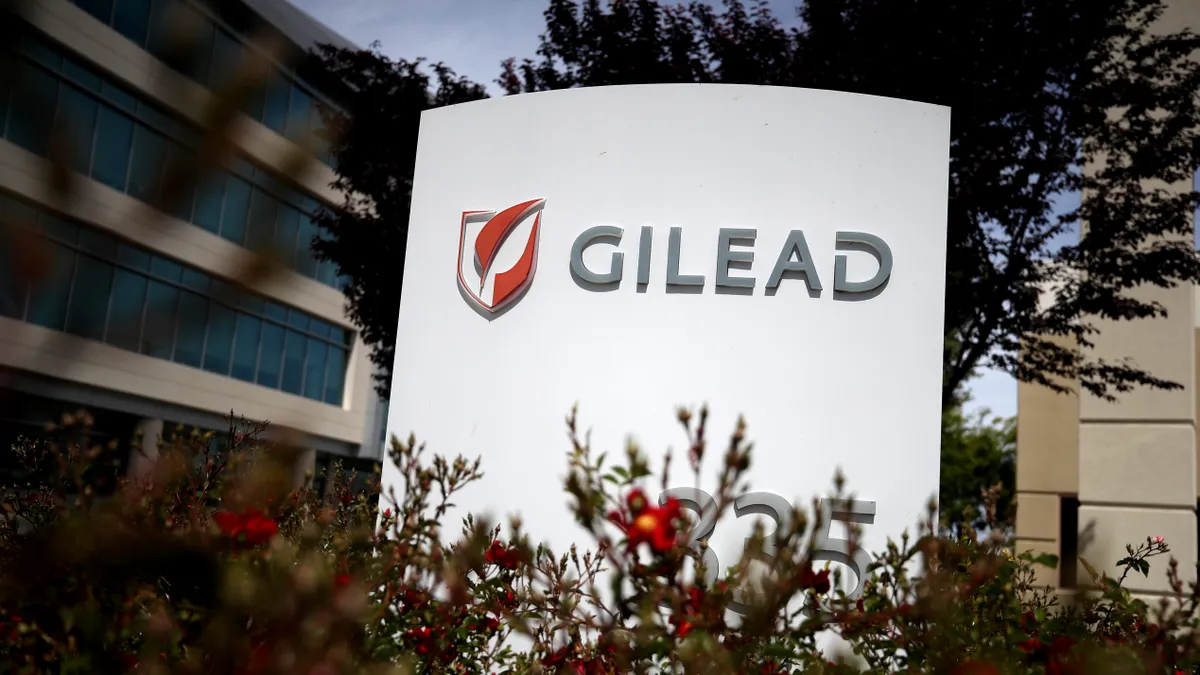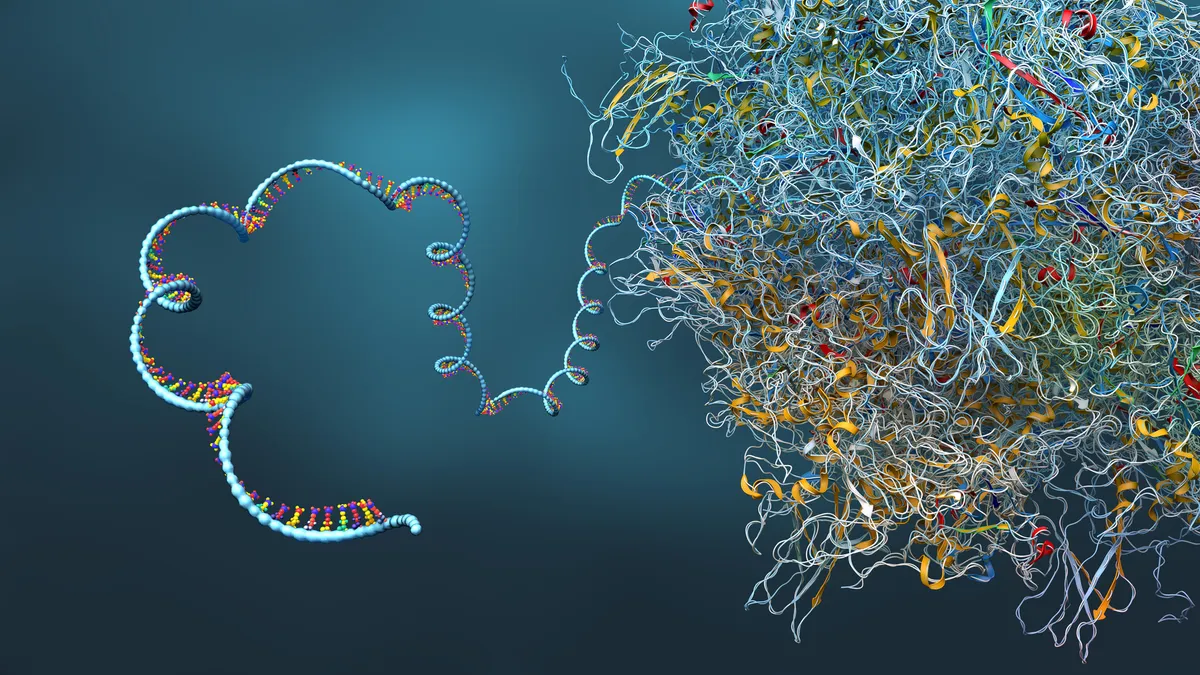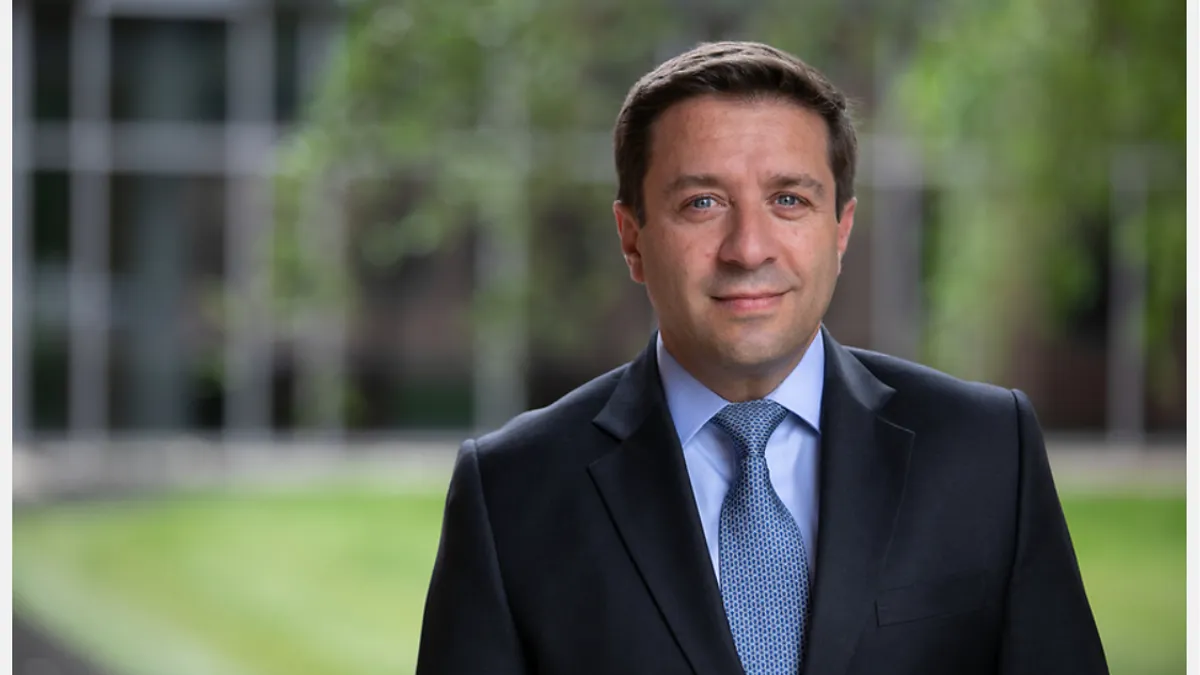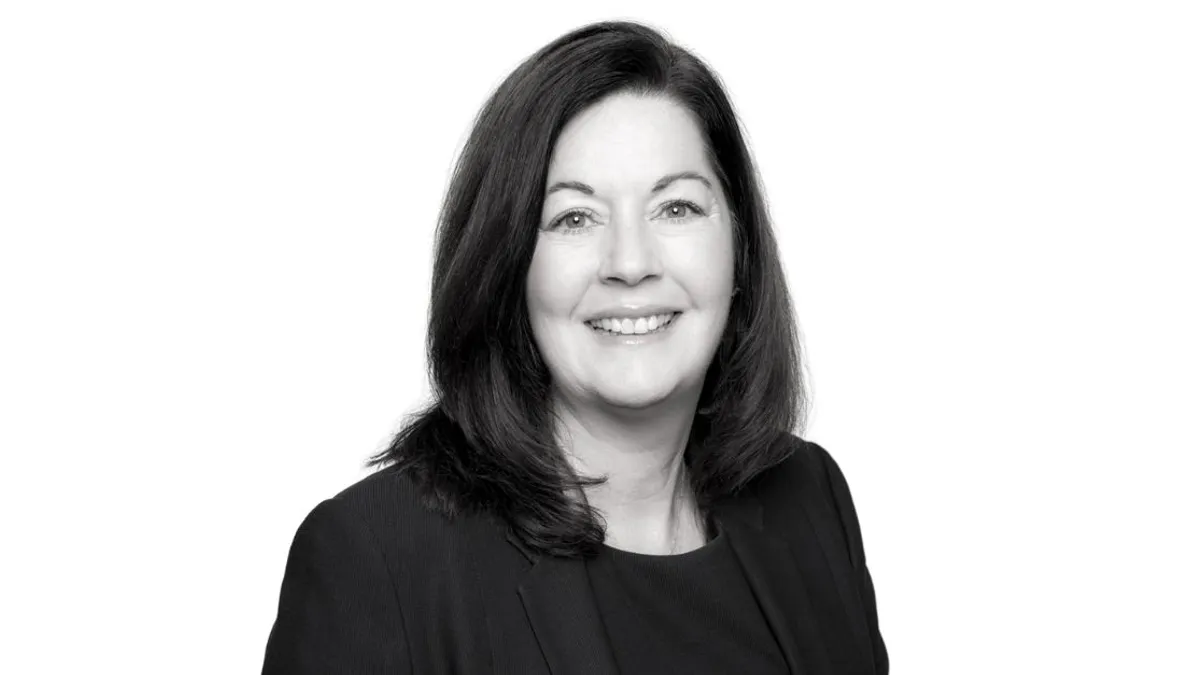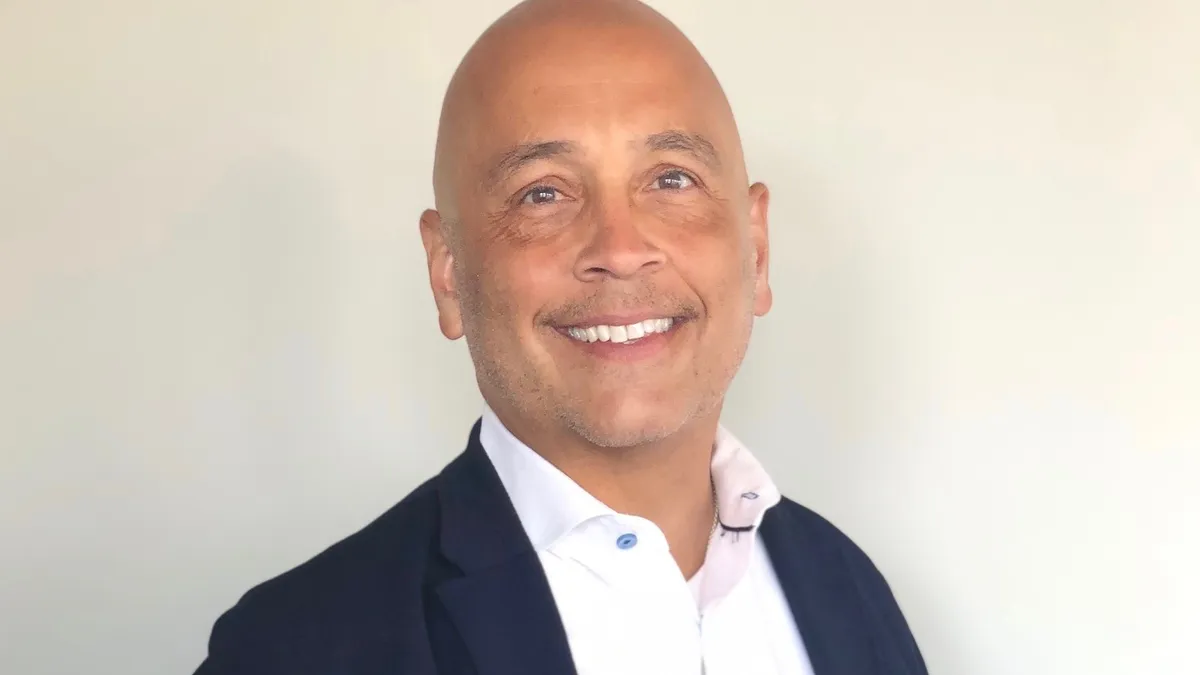Welcome to First 90 Days, a series dedicated to examining how pharma executives are finding success in new roles. Today, we’re speaking with Verastem Oncology CEO Daniel Paterson about the company’s upcoming regulatory filing in ovarian cancer for a drug combination that addresses the coveted KRAS pathway.
At some point in a biotech’s journey — if they’re lucky — is a transition from a pure scientific and drug development company to a commercial organization. With that growth in mind, leadership needs to be agile and ready for anything.
Verastem Oncology is now on the precipice of filing for an accelerated approval of a RAS pathway-based combo to treat low-grade serous ovarian cancer, and the transition follows a CEO turnover as Daniel Paterson, who has been with the company “almost since the beginning,” took the helm last year.
The company’s lead candidate, a combination of the RAF/MEK clamp avutometinib with the FAK inhibitor defactinib, addresses mutations in the RAS family of genes, which occur in about a third of all cancers. Granted a breakthrough designation and having begun a confirmatory late-stage trial in December, the biotech plans to submit for approval with the FDA before the second half of this year with a potential launch in 2025.
"We’re just one small company and we’re looking to make a big impact in this important disease and become a significant player in the oncology space."

Daniel Paterson
CEO, Verastem Oncology
That’s not all Verastem has on the burner. The company teamed up with fellow KRAS expert Amgen for a fast-tracked combo of avutometinib and Amgen’s Lumakras in non-small lung cancer, as well as another combination with Mirati Therapeutics’ (now part of Bristol Myers Squibb) Krazati in the same disease.
And with a wide range of cancer indications on the horizon for Verastem’s nascent technology, Paterson spent his first several months as CEO preparing for the next stage of success. Here, he talks about his transition to the lead role, an early pivot that made a big difference for the company’s current trajectory and what lies ahead as these cancer combos reach the market.
This interview has been edited for brevity and style.
PHARMAVOICE: When you entered the role of CEO last year, you had already been at Verastem for more than a decade, most recently as president and COO. Can you talk about that transition and what you brought to the table as you rose in the ranks?
DANIEL PATERSON: I’ve been at Verastem almost since the beginning, and so I clearly understood what was going on here, and there was no learning curve whatsoever. The only thing I’m spending more time on are external things like investor relations and outreach — and even that, I’d done a fair amount of previously. When Brian [Stuglik, former CEO who retired last year,] and I worked together, we used a divide-and-conquer approach, so the scope of what I touch in the organization hasn’t really changed.
Are there any aspects of the company you’ve changed since taking the helm?
We’ve got a great culture and we never wanted to change that — we’ve worked really hard for it, and people are here because they want to be here. They’re devoted to the mission, and I don’t see that changing at all. The biggest change will be as we gear up for commercialization and bring in some different people. It’s always a challenge to welcome a new group of people and change the focus of the organization from developing a therapy to then supporting the therapy and getting it out to patients. But that still doesn’t change the overall mission.
You’ve gotten a breakthrough designation for the combo of avutometinib and defactinib in low-grade serous ovarian cancer. But back in 2015, defactinib gave Verastem some trouble with a late-stage failure. How did you turn that clinical setback into a new attempt?
It’s an interesting evolution, because we did that study in mesothelioma, and with a single agent in a tough disease, it didn’t show what we wanted to show. But around the same time, we had done a study in KRAS mutant non-small cell lung cancer, again with defactinib as a single agent, and it had great tolerability and some efficacy, but it needed something else. And it was based on that work that we did a lot of preclinical work to find a combination that would be synergistic. And that’s how we got to MEK inhibitors generally, and avutometinib as a RAF/MEK clamp in particular showed the most synergy. We gained a mechanical understanding of why the two drugs worked well together, and what we’ve learned over the years showed that it makes a number of drugs work better, as well.
And so your work with external candidates stems from that exploration of synergies?
Yes, our focus is on external candidates. If you step back and look at the strategy we’ve articulated, we want to be the backbone of therapy for RAS-mediated cancers, which is about a third of all cancers — a huge opportunity. With [Krazati from] Mirati Therapeutics and [Lumakras from] Amgen, avutometinib addresses their mechanism of resistance, and so it makes sense to combine.
With the submission for accelerated approval planned this year, what are you doing to be ready for that right now?
We’ve got a lot of activity behind the scenes, ranging from things that are very mundane and take a long time, like getting state licenses and getting computer systems and supply chains in place, and then the more exciting stuff like all the work we do with patient groups. We have a whole group that’s been out working with key opinion leaders and doctors to raise awareness around low-grade serous ovarian cancer. It’s one of those diseases that hasn’t gotten a lot of attention, and you have a group of patients who have largely been ignored. What we’ve tried to do is reach out to those groups, listen to them and work with them.
Where do you see this treatment fitting into the treatment landscape?
We think it has the potential to be a new standard of care. There’s a huge unmet need, and almost every patient with low-grade serous ovarian cancer is a potential candidate and they can stay on it for a relatively long period of time. That’s really just the beginning — we’re looking at this in combination with other treatments for pancreatic cancer, lung cancer, breast cancer, colorectal cancer and melanoma. The RAS pathway is widely applicable, and so we’re going broadly.
What are some of the challenges ahead for Verastem?
This is a tough business we’re in, and all you have to do is look at what’s happened to the biotech industry in the last three years. We’ve worked really hard to stay in a good position — we have a cash runway, we’re excited about the results we’re seeing, and we’ve been identified as a great workplace. It’s a tough funding environment and a tough regulatory environment right now, and generally, biology is hard. Sometimes you feel like ‘The Little Engine That Could’ when you’re fighting this stuff. Because we’re just one small company and we’re looking to make a big impact in this important disease and become a significant player in the oncology space.
What are the most important leadership qualities in biopharma in your opinion?
First and foremost are honesty, trust and openness. One of the things we try to do regularly is make sure people understand that bad things happen, but it’s how you react to it that matters. Especially on our major projects, we emphasize that if someone has an issue they bring it to the group. Instead of hoarding information or covering up bad news, we make sure we’re transparent. That way, everyone is very clear on the objectives and they have the resources to accomplish them — our job as leaders is to get those barriers out of the way.



